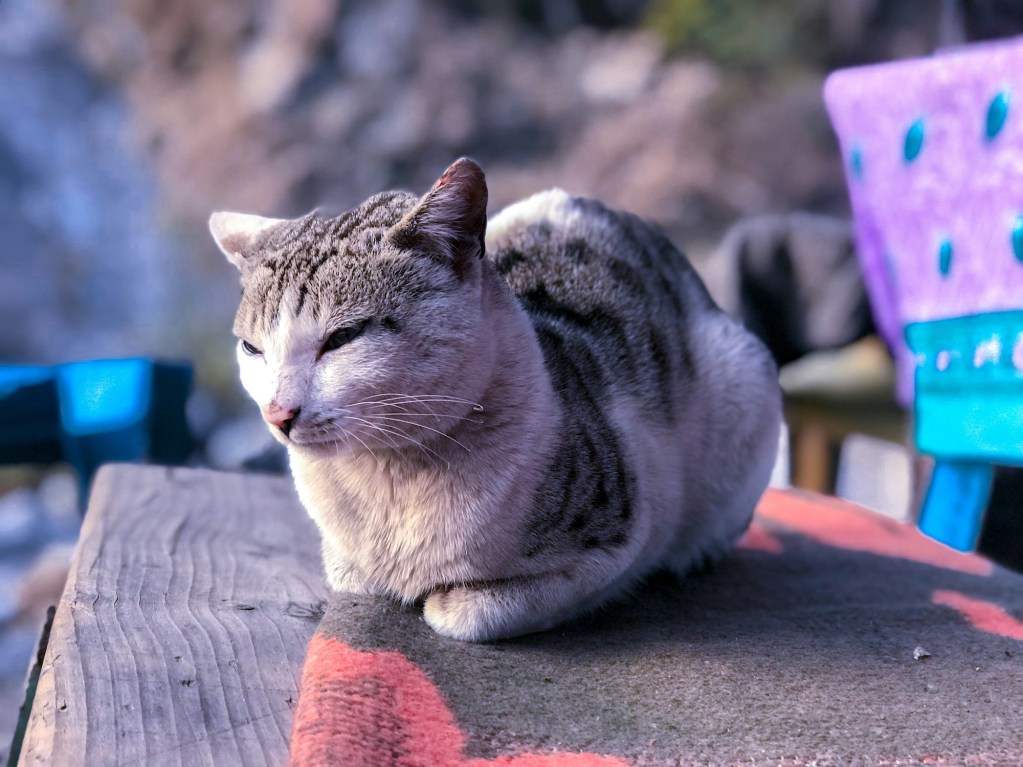
Just when you think your cat can’t get any cuter, you find them sitting in an adorable position that you’ve never seen before. Whether it’s a fluffy Maine Coon mix curled up into a ball of fur or a domestic shorthair sitting on the couch the same way their owner sits, there’s no shortage of ways a feline’s posture can be a reflection of their personality. But have you ever seen a loaf cat?
The term “loafing” is a slang term that recently originated on the internet to describe a particular way a cat sits, and let’s just say — it’s adorable! As widely appreciated as loafing is, few cat owners know what’s behind the unique posture. So, let’s get into it!

What is a cat “loaf?”
When a cat loafs, it means they’re sitting or lying in a position where their paws and tail are tucked underneath their body. Many people think they look like loaves of bread when they lie like this — hence the very literal name. Loafing is some cats’ preferred sleeping position, but some will never loaf in their lives. Many cats will wrap their tails around their bodies instead of underneath while they loaf, but the bread loaf illusion remains the same.

Cat loaf positions and what they mean
If you’ve spent a lot of time around cats, you’ve likely seen a loaf or two. But what does it mean? As cute as this cozy position may be, it’s not obvious what a cat is trying to accomplish by tucking their paws underneath them. As it turns out, loafing can mean different things, and it can come in a few forms.
There’s the traditional “full loaf” that cat owners know and love, but some cats only do the “half loaf” with just the front of their paws tucked in. For an added level of coziness, though, your cat might loaf in a blanket, a box, or even the warm dryer.
In fact, comfort just might be what’s behind this funny-looking sitting position. Cats are known for getting comfy, after all, and tucking in their paws just might feel good. However, it can also be a way for cats to stay warm and conserve body heat, especially in the wintertime. A loaf cat is also finding the perfect balance between rest and readiness, as this position allows them to stand up and spring into action at a moment’s notice. That makes loafing a great strategy for cat naps.
Rarely, loafing can be a sign of pain or discomfort. Most cats loaf every now and again for perfectly normal reasons, but if your furry friend has never done this before and now only sits in this position, it may be worth a visit to the vet. Cats can suffer from arthritis and joint issues, too, so you should keep an eye on your feline if there are any sudden, major changes.
Overall, loafing is a very cute and perfectly healthy way for a cat to sit. It might even be extra comfy for your kitty, but it’s an added bonus that it’s so entertaining to see.



